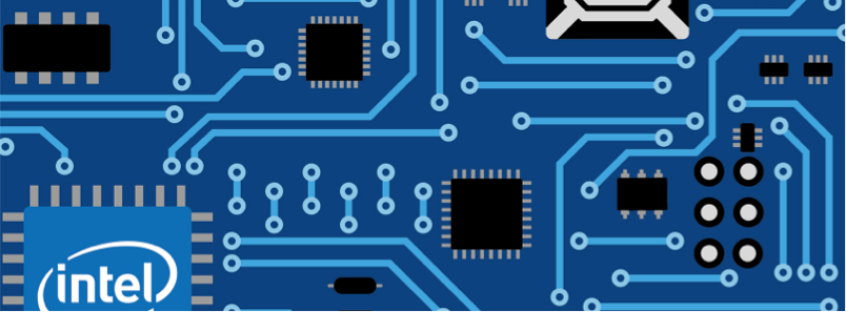
Reportedly, Intel has already started shipping out its new chipset, the seventh-gen Kaby Lake processor. However, speculations suggest that since the new chipset has the same architecture as the sixth-gen Skylake, Intel will have to come out with a higher version dubbed Kaby Lake-S.
According to The Motley Fool, with the Kaby Lake processor going with the same 14nm architecture as the previous-gen Skylake series, Intel will have to come out with versions for specialized devices. Reportedly, the new Kaby Lake shipping out to third-party manufacturers is the base model for the new series. Meanwhile, there will be additional versions that Intel plans to release toward the end of the year, the new Kaby Lake-S chipsets. These new versions will add better support like HDR and full 4K resolution.
Meanwhile, aside from the Kaby Lake-S variant, Intel is also reportedly readying a top-tier seventh-gen processor aimed at high-end desktops, dubbed as the Kaby Lake-X. The premium version is expected to arrive in the second quarter of 2017.
Should the release roadmap roll out as scheduled, it means that users may expect two next-gen chipsets by next year. Allegedly, since Kaby Lake is already being released, Intel is now planning on starting the next-gen Cannonlake chipsets, and will schedule its rollout by the latter part of 2017. The new chipset is expected to be leagues away from Kaby Lake, since it will be the first Intel processor to use 10nm architecture.
Meanwhile, although both Skylake and Kaby Lake chipsets share the same architecture, some observers are saying that the base model of the seventh-gen chipset already has improvements and tweaks over its predecessor. The 14nm assembly used in the Kaby Lake production is already a third-gen setup, meaning that marked charges are already integrated like high-speed memory support and increased frequency.













